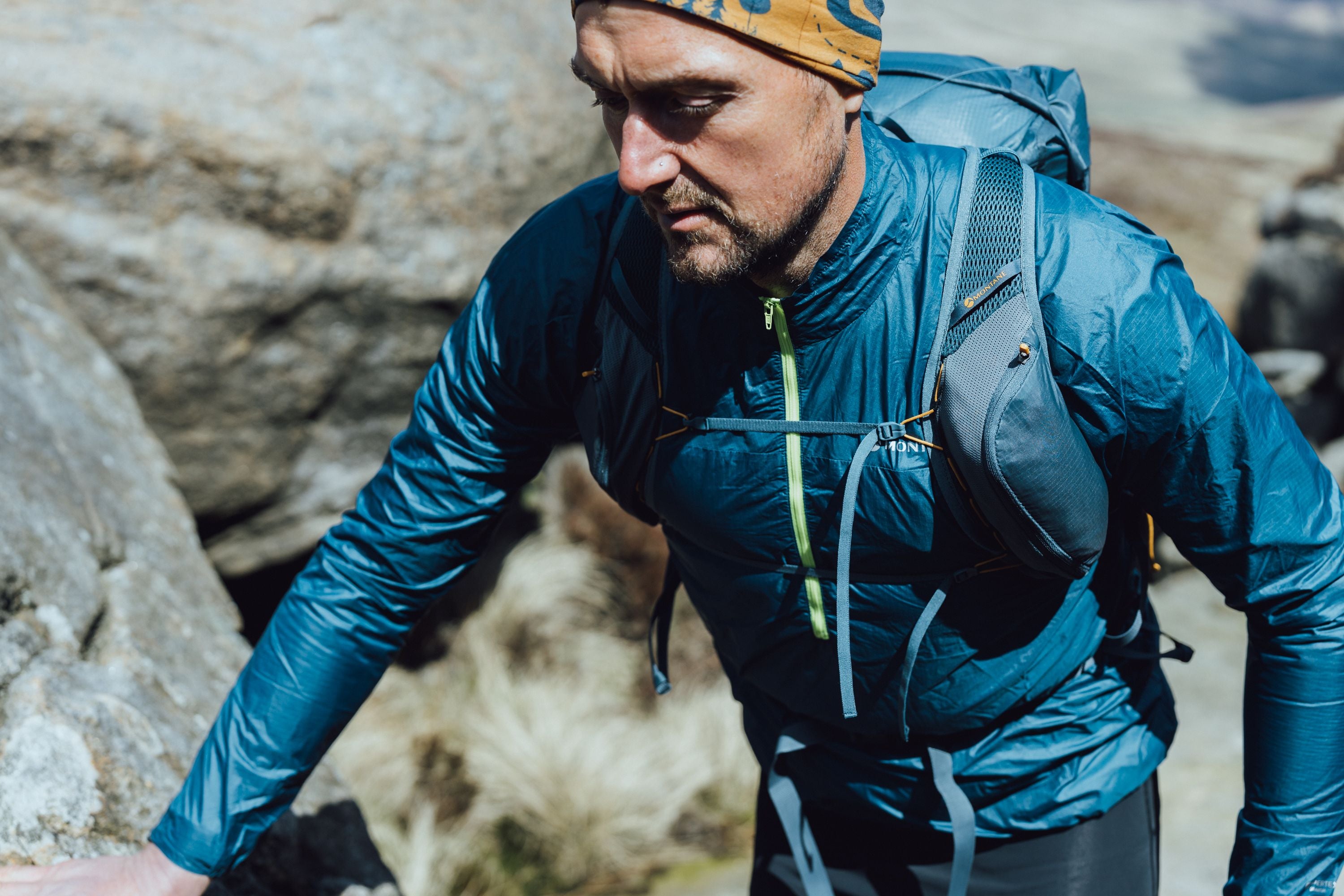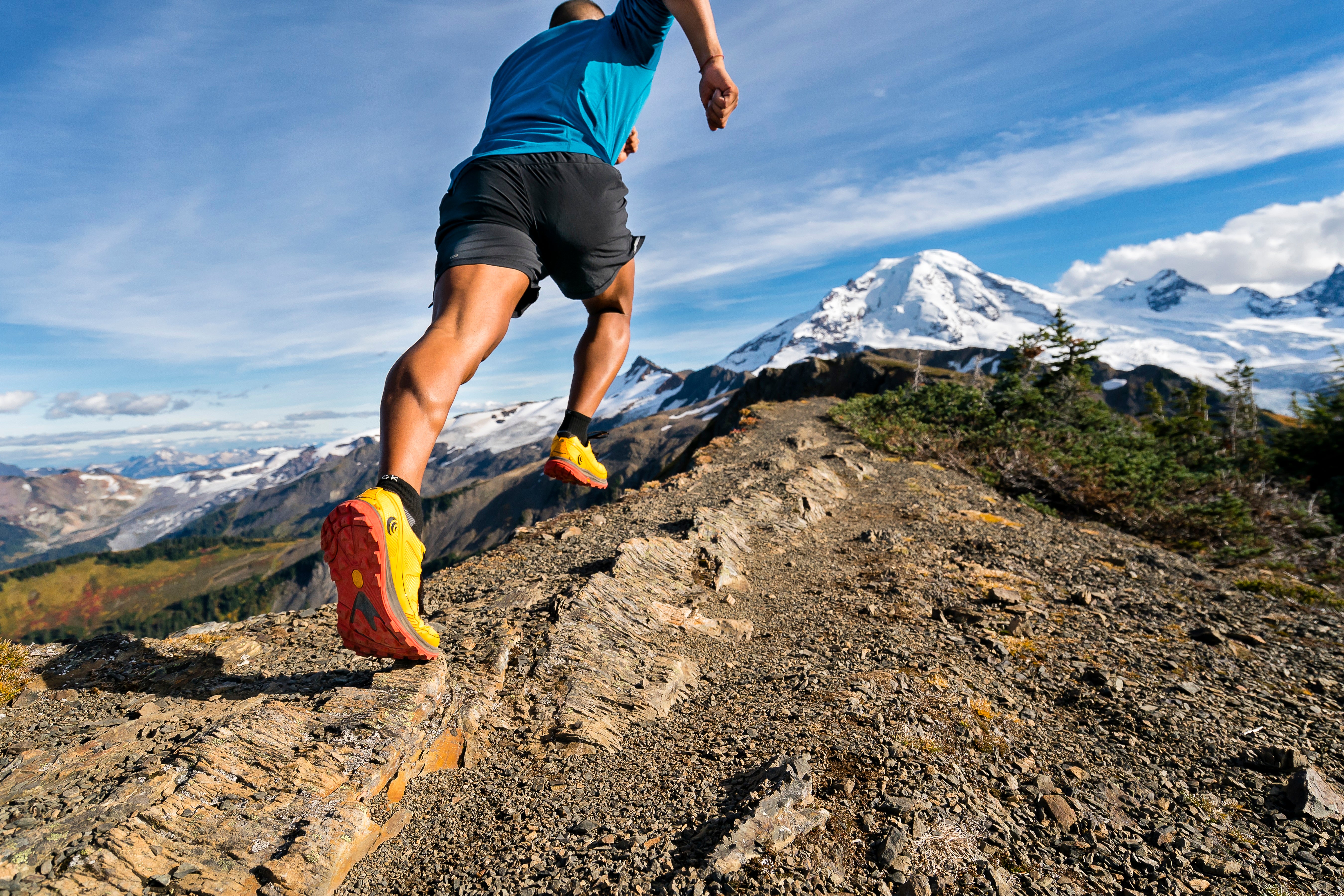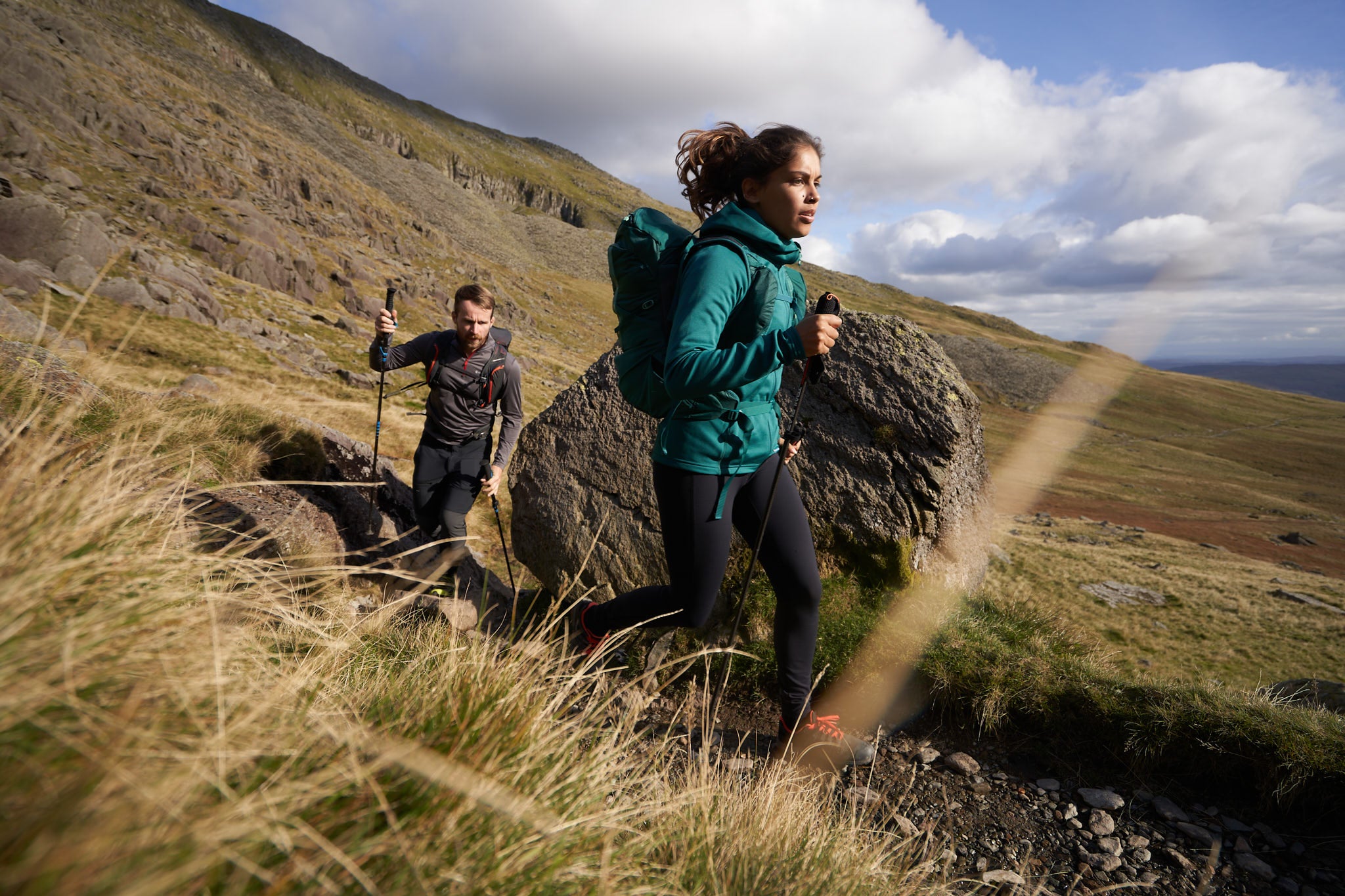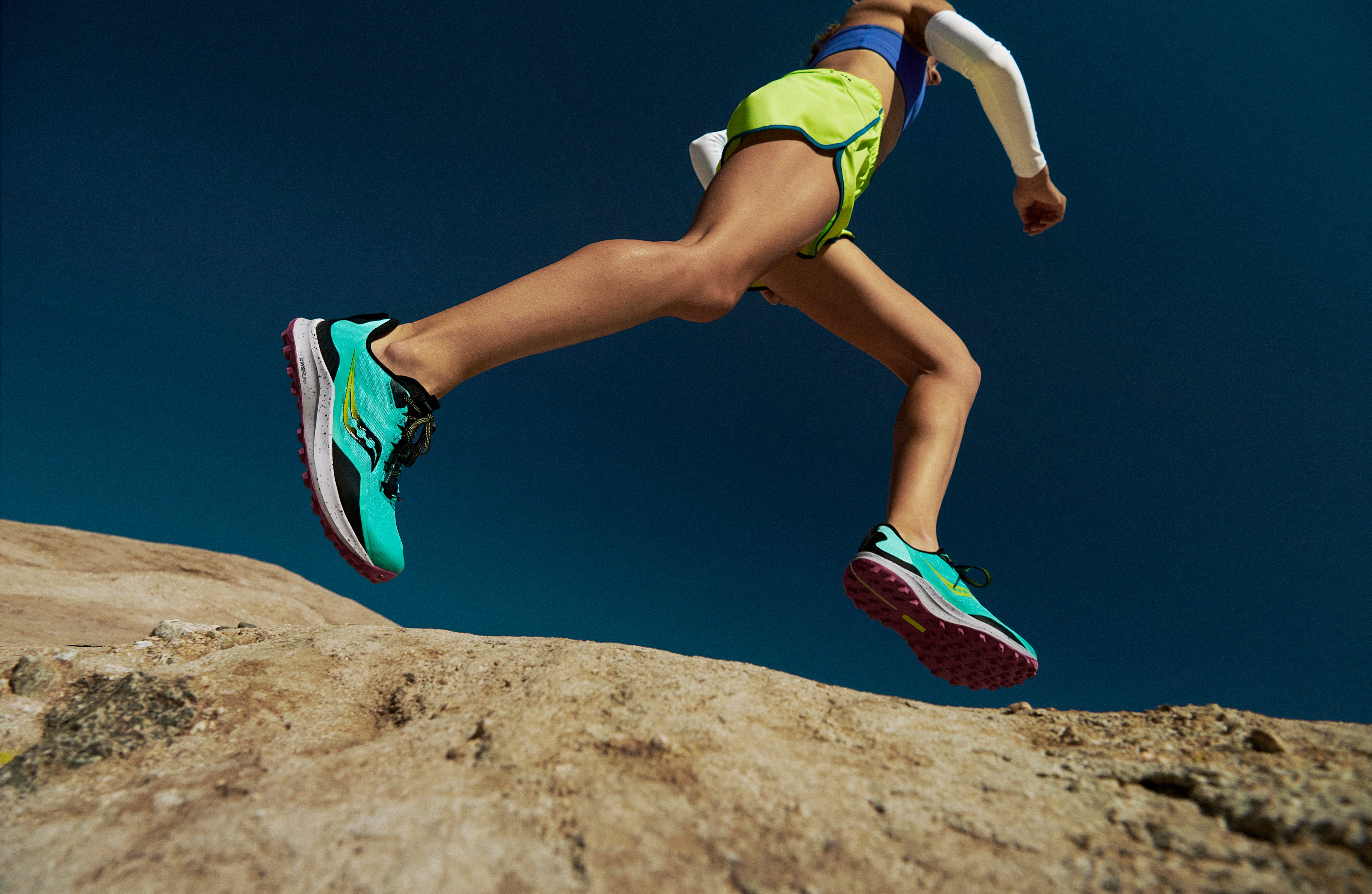The Basics of Fueling for Performance - by Stefan Krueger, Reviewed by Aaron Cartridge, Kairos Nutrition.
The basics of fueling for performance
With the emergence of a dizzying array of brands of gels, drink mixes, bars, chews, tablets and goos all claiming to deliver the ultimate fuel to support your training and race needs, fueling your body for performance has become somewhat of a minefield of conflicting information and opinions.
Gone are the days when fueling for a race consisted simply of eating a bowl of pasta the night before!
This brief guide is intended to provide a simple way to understand how to fuel for performance and hopefully how to choose the most suitable products from the endless shelves of brightly coloured options, or maybe it will help you decide not to choose any!
Fuelling for training and race performance is highly individualised and may require a different diet than everyday health and well-being. For expert advice on nutrition for everyday health and well-being, we recommend speaking with Kairos Nutrition Coaching
Types of Fuel
Put simply, your body needs fuel to burn to keep going during training and racing, in the same way that your car needs fuel to drive.
There are three main fuel sources available to you: proteins, fats and carbohydrates.
Proteins are primarily used for muscle repair, recovery and building- and are often found in recovery drinks and bodybuilding supplements. They are not an efficient fuel to provide energy to your body and can only be stored in small quantities.
Fats are excellent at fueling low to moderate intensity exercise for extended periods of time. Your body can store almost limitless amounts of fat that can be drawn on when required. Fat is not a good source of fuel for higher intensity exercise though and is not easy to take on board while exercising.
Carbohydrates are the body’s preferred fuel source for moderate to high intensity exercise. Storage capacity is limited but it can be taken on board/consumed during exercise to top up levels. Stored carbohydrate is known as glycogen.
This explains why long-distance endurance athletes sometimes follow High Fat Low Carb (HFLC) or Keto diets, and why these are generally not suitable for shorter distance higher intensity athletes. Essentially, they are teaching their bodies to rely of fat as a fuel source, rather than its preferred carbohydrates and to increase the threshold where their bodies switch from fat to carbs.
What happens when you exercise?
Assuming you’re exercising at moderate to high intensity and burning predominantly stored carbohydrates (glycogen) as fuel, you’ll burn through much your bodies stores in 90-120 mins on average. (note that there is actually plenty left but that’s reserved for fueling essentials like brain function).
After that, muscle glycogen depletion will occur and, if you’re not taking in any more fuel, your energy will run out and you’ll ‘bonk’, or ‘hit the wall’.
This around 2-hour threshold is why many brands of sports nutrition, especially drinks, have different products for use in sub 2 hour and over 2-hour exercise sessions.
How to avoid ‘bonking’
Those of us who have experienced a glycogen depletion led ‘bonk’, as opposed to just getting tired from exertion, know just how debilitating it is and how no amount of determination or willpower can overcome it (although have a read of Alex Hutchinson’s ‘Endure’ for some fascinating alternate views on this).
Avoiding this, or at least delaying it, is possible with an appropriate fueling strategy.
The aim of this strategy is to take in as much easily digestible carbohydrates as possible while exercising to replace what’s being used for fueling your muscles. Unfortunately, there is generally a gap between what’s being used up (anywhere from 150 to 300 per hour) and how much you can take in per hour (generally between 60 and 90 per hour) which is limited by your body’s ability to process what you feed it.
Most sports supplements talk in terms of calories rather than carbs. I won’t go into the issues with this, for simplicity though 1g carb = 4 calories.
Taking in these 60-90g of carbs per hour can be challenging, how you do it and what form you take it in does come down to personal preference but there are a few things to be aware of:
- The more jarring your activity, the harder it is for the body to process solid form carbohydrates. Cyclists have an easier time processing solid food, runners will struggle more with solids and their bodies will absorb more carbs from liquids.
- Although not a great fuel source, some protein/amino acids can help keep hunger at bay and make you feel fuller and more comfortable, even if you’re just relying on liquid carbs. It is believed that they may also limit muscle breakdown during exercise.
- Once you deplete your glycogen stores it can take several hours to restore them, so don’t wait to refuel until you start to feel tired.
With this in mind the key to avoiding ‘bonking’ is:
- Ensure your glycogen levels are topped up prior to a race/event/hard training session. Just eating a well-balanced diet can achieve this, make sure you eat around 60-90 mins before you event, if necessary and easier pop a gel with a high carb content.
- Take in that 60-90g carbs per hour, how you do this is something you need to experiment with but the easiest is generally a combination of liquid fuel like Fix Nutrition Fuel X Pro or Tailwind (each serve will give you 50g carbs) and gels/chews which, if your fueling for endurance, should have 20g+ of carbs per gel. Do this from the start!
- Supplement the above, or make up for any deficit, with soft ‘whole’ foods at stops or when moving slowly, boiled potato with salt and cinnamon is my favourite here!
Can I just eat more carbs before my race/training?
While it is important to ensure that your glycogen levels are topped up before a hard training session or race, your body's ability to store glycogen is limited. Carb loading can have some benefit, but this is limited and partly offset by additional water retention associated with stored carbs.
Eating a healthy well-balanced diet while training is key to maintaining long term stored glycogen levels.
Does this mean I don’t need anything for sub 2 hrs?
Technically at moderate activity levels your body can fuel itself for 90 to 120 mins. However, at high levels of activity like HIIT training this duration is reduced. This also assumes that your glycogen levels are well topped up when you start. Most energy products like gels suggest that you have one prior to intense exercise to top glycogen levels up and then every 30-60mins.
So, if you’re going out for a jog at low to moderate intensity levels and are well fueled prior, then yes you should be able to go for 90-120mins without any supplementary fueling. Anything other than this and you will need to consider some form of fueling.
It’s best to experiment with this in training to see just how far you can go before needing a supplementary energy source and to train your body to be able to take in greater amounts of fuel before causing gastral distress.
Solid vs Liquid?
Although this does depend again on duration, intensity and terrain, most studies have concluded that the more jarring an activity is the better suited liquid forms of nutrition are. Running is considered a high impact activity with significant jarring through your limbs and digestive system hence it is generally easier to digest liquid forms of nutrition.
Top of the list here are endurance fuels like Tailwind and Fix Fuel X Pro which provide calories as well as hydration, gels count as liquid, chews can work well still as they are designed to be easily digested, bars and solids become harder to digest when running.
The challenge here is that consuming large amounts of liquid nutrition and gels can cause gut distress and a feeling of stomach emptiness. Soft solid foods like boiled potatoes and sweet potatoes, soft bread sandwiches and soft moist bars can help settle any gut issues and provide a comforting feeling of actually eating something. If possible, reserve these for aid station/rest stops or sections when you are moving slowly to allow your body the opportunity to start digestion without too much shaking around!
Where do electrolytes come into this?
Everything above is focused on fueling to maintain energy levels which is crucial, it’s also crucial to maintain your electrolyte balance. The benefits of maintained electrolyte levels in endurance sports are multiple and include:
- Improved endurance
- Reduced cramping
- Improved muscle performance
- Reduced recovery time
The primary electrolytes/essential minerals are sodium, potassium, magnesium and calcium.
There are three common causes of electrolyte imbalance in runners:
- Not replacing lost electrolytes during exercise
- Drinking too much plain water, this can lead to a dangerous condition called Hyponatremia.
- Taking excessing amounts of sodium supplements in addition to electrolyte drinks which leads to Hypernatremia.
Then second and third points are important to be aware of. Most seasoned endurance sports medics will tell you that one of the leading causes of race withdrawals and hospitalisations is actually from athletes drinking too much water and diluting their bodies sodium levels, or from them drinking electrolytes and taking excessive additional sodium tablets. The focus of drinking needs to be replacing what you lose, which is water and electrolytes in the required concentration.
While sodium supplements and tablets certainly have their place, caution needs to be taken not to take these excessively without altering other sources of sodium intake appropriately.
The most important times to take electrolytes is during and after an event or training (especially if the exercise lasts more than 90 minutes). Taking them during helps maintain levels, after helps restore and electrolyte depletion. Many athletes also take them before training or a race just to ensure adequate starting levels.
So how much electrolyte do I need to take? Unfortunately, there is no simple answer here as it depends on your rate of sweat loss, environmental conditions and intensity. As a general guideline research suggests that you will need to replace around 400mg of sodium per hour of exercise. Hydration fuels like Tailwind and Fix Fuel X (Pro) may deliver this if you’re mixing to the recommended consistencies and drinking enough (Tailwind has 310mg per serve, Fuel X 460mg) but if you’re under-diluting, drinking water as well or not drinking enough you may need to get more, in this case an electrolyte tablet like Pure Electrolytes will deliver the required sodium in combination with other essential electrolytes.
Putting it all together – an example
How to do all this in practice? The key word here is practice, a lot of nutrition and electrolyte intake is personal and has many variables.
I’ve tried and tested many combinations, what I’ve generally settled on as an example of what I’d do for a 50km or above race is:
- In the leadup to race day:
- At least one electrolyte drink per day.
- Cut out any processed food and reduce meat consumption.
- Gradually increase carb intake (potatoes, pasta etc.)
- Increase fat intake until 2 days before then reduce (bulletproof coffee, avocadoes etc.)
- Reduce caffeine.
- On race day, assuming an early start:
- Coffee (low fat now, often black), banana, toast with honey.
- Energy gel or bar 30-60 mins prior to start
- Electrolyte drink 30-60 mins prior to start.
- During race:
- Tailwind non-caf or Fix Fuel X Pro in flasks and reservoir, if hot I mix below recommended consistency knowing that I will be drinking more. This will give me around 200 calories per hour
- Aim for one gel per hour, generally Maurten non-caf, this will give me 100 calories per hour. If I start feeling depleted I’ll increase this to one every 30 mins.
- At aid stations I will have boiled potatoes and sweet potatoes with salt, an easy to chew bar and if necessary an electrolyte tablet swallowed with plain water.
- I am prone to cramping so carry Fix Cramp Fix sachets and Cramp Solv spray with me which I use at the first sign of cramping in addition to altering my stride and having a quick stretch.
- In the last 25% of the event I will often start to add caffeine intake either through the drink or gel (but not both).
- After the race:
- Beer, no seriously it’s well deserved, has carbs to replace what’s lost and will help with sleep.
- Aside from that recovery drinks, eat everything in sight and drink plenty of electrolytes.
- Don’t neglect the healing power of whole foods. Fresh vegetables, seeds, healthy fats, and good quality lean proteins and fish can help to reduce inflammation which will get you back on your feet quicker.
Boring fineprint:
I'm not a qualified nutritionist or nutrition coach, this guide is based on years of acquired knowledge, experimentation, training sessions with TerraTribe's nutrition suppliers and personal research. Everyone is different, what works for me may not work for you. If this is a topic you want to delve deeper into, I suggest you contact a qualified sports nutritionist or nutrition coach, be aware though that there are a lot of biases with sports nutrition and there are very few absolute truths.






